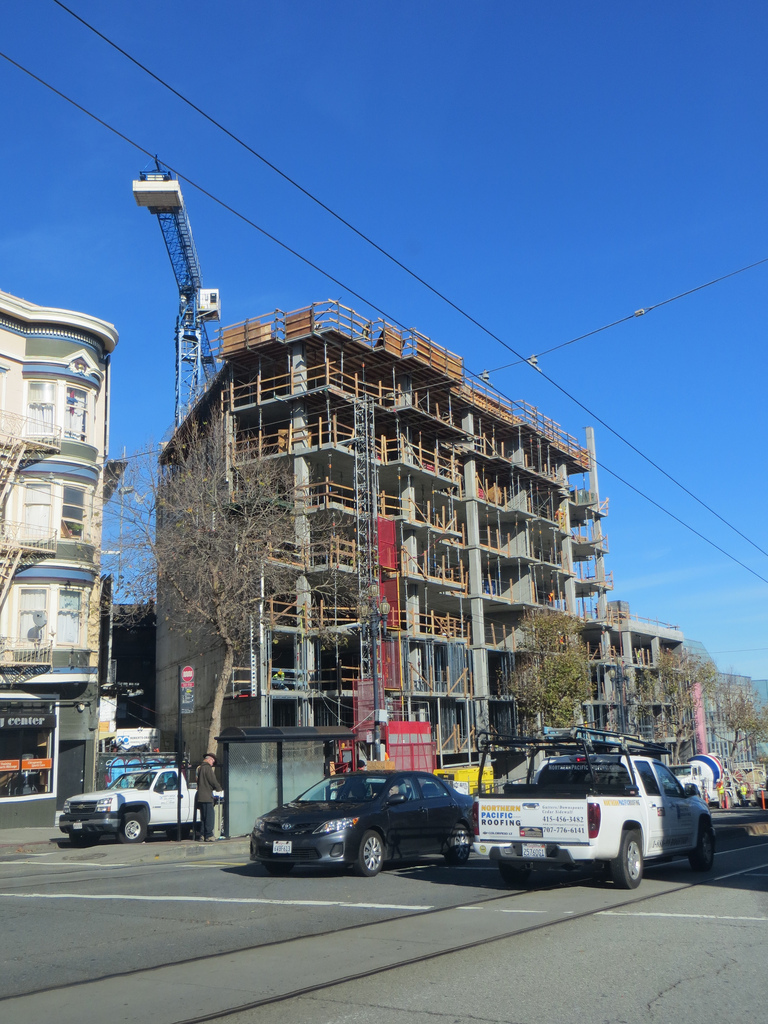San Francisco’s Modern Day Tech Boom and Future Bust
Surging rents, skyrocketing real-estate prices and booming tech companies––sounds like San Francisco in 2015, right? It also describes the city just before the tech bust of 2000. The Bay Area’s tech boom is entering its fifth year now, which is one year longer than the Dot-com boom and bust cycle of 1997 to 2000. That cycle had a number of similarities to the current cycle we’re experiencing, but also several differences.
In the Dot-com boom, the creation of Internet-based products and services were introduced to the market without a roadmap or any idea of what could be or not be a success. The first boom was also based on the need for programmers and designers, who for most part, were entering a brand new field themselves and had little or no experience.
Today’s cycle is seeing new inventions and the “disruption” of current business models, which may or may not be accepted let alone, be profitable. The talent pool is also a lot more experienced, in terms of education in programing and design in the online world. However, for this cycle to continue, the Bay Area needs to continue to seek new talent and more money. Stock options may not be enough.
Today’s tech workers are on average 32 years old or younger, single, and love the synergy of being with others. But paying $1,000 for a former dining room shared with three to four other people is likely going to prove to be irritating over time.
San Francisco not only has a housing shortage, but we have also decreased one’s living footprint. New housing units are being built with the smallest square footages in mind. Full kitchens are being replaced with hot plates and a small portable refrigerator. To stay in the game, techies need take anything they can get in order to continue to live and work in the city. But what will happen after poor living standards have been endured for years? How will they feel and will they continue to enjoy their living standards? My guess is no.
In many ways, San Francisco is becoming more like New York City every day. Young employees want to experience the grand city scale of New York, but living in small quarters and dealing with the large “hustle and bustle” of city and work life wear down on anyone over time.
For this current cycle to continue, our city and its developers need to find new ways to create an exciting and vibrant place to live, while also creating a ladder of living standards. The latest group of inhabitants needs to be able to mature and grow in the city. This is a challenging proposition for both city leaders and developers. Both are looking for immediate gains to our housing stock and immediate profits based on what is needed now.
But eventually, the techies will want to settle down and start a family. This means more room, which means housing stock that can accommodate families. Today, virtually all housing is high density. There are almost no single-family homes are being built. This has pushed housing prices in our previously most modest neighborhoods into now the million dollars plus range. But it is not simply winning a bidding war to buy a home in the city. It’s the necessary repairs on these homes that come with the deed which make it difficult for any young family settle efficiently. It’s both the need for hard cash plus the time to complete housing renovations.
Families paying rent and who want to purchase a home, will need to offer all cash, and then deal with the costs and challenges that come with a home remodel, which could easily take anywhere between six and nine months to complete. This means double the housing payments and increased patience to oversee these projects, which require a tremendous amount of time.
Bay area communities could provide help to address these needs with more land made available, however the crippling transportation problems are also becoming overwhelming for any family to deal with.
Vision from our leaders is critical at this junction while but voices of protest continue from displaced residents or the anti-growth crusade. We need to remember that our talent is what’s driving our city’s success and if people start not wanting to live here anymore, we will begin to move away from the boom and drive towards the bust once again.
Photo Credit: torbakhopper via Compfight cc
